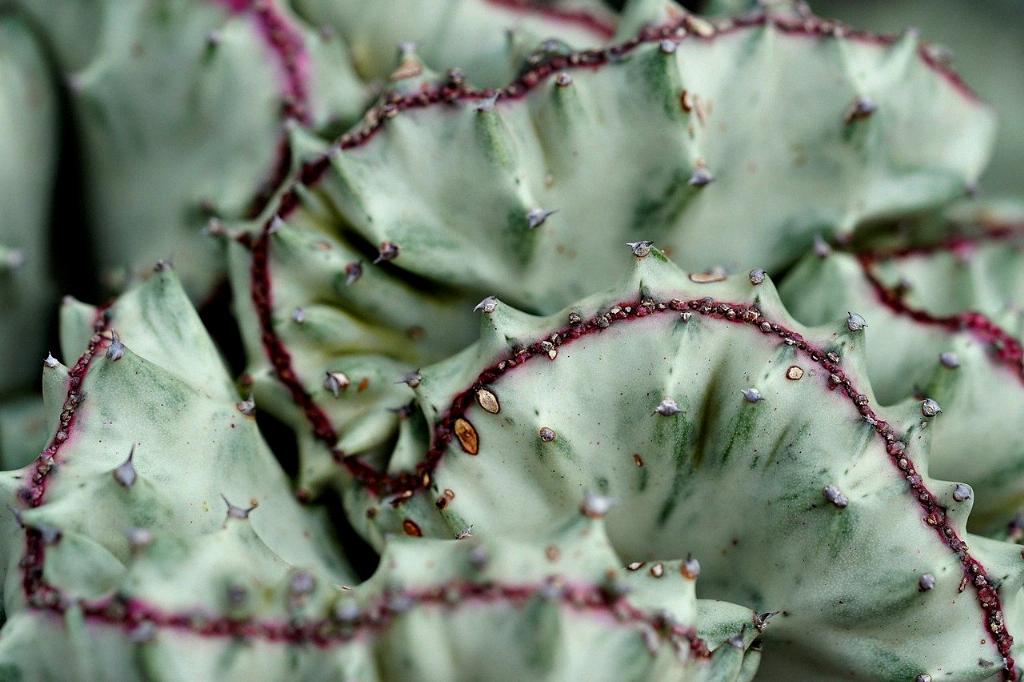Cacti, nature’s resilient sentinels of the arid landscapes, possess an unparalleled capacity for adaptation. These enigmatic plants have evolved to thrive under extreme conditions, with sunlight being a pivotal element in their survival narrative. Understanding how much sunlight cacti require is essential for cultivating these unique flora, ensuring they flourish in their dedicated environments.
In the world of cacti, sunlight is akin to the lifeblood coursing through their veins, fueling their photosynthetic processes and nurturing their quintessential adaptations. However, the relationship between cacti and sunlight is intricate, necessitating a delicate balance. Too much sun can be as detrimental as too little, and a keen awareness of these needs can lead to verdant success or stark failure.
Here, we explore the nuances of sunlight requirements for cacti, offering tips to provide the ideal lighting for these drought-tolerant marvels.
The Light Spectrum: Unraveling Cacti Preferences
Like a maestro conducting an orchestra, cacti have specific preferences within the light spectrum that influence their growth and vitality. Generally, cacti thrive in full sun, requiring at least six hours of direct sunlight daily. This exposure is akin to a warm embrace, invigorating the plant and stimulating photosynthesis—a vital process that converts sunlight into the energy required for growth.
However, not all cacti are created equal, and their sunlight requirements can vary significantly based on their species. Desert-dwelling cacti, such as the Saguaro and the Organ Pipe, are accustomed to the relentless rays of the sun. In contrast, others, like the Easter Cactus or certain Opuntia varieties, prefer a more sheltered existence, with bright but indirect light. Understanding the specificity of each species will guide the cultivator in meeting their sunlight expectations.
Moreover, the angle of sunlight can shift throughout the seasons. During the summer months, the sun is fierce and relentless. In contrast, winter sunlight is often softer and less intense. Adjusting the placement of cacti in response to these changing conditions is crucial, ensuring that they receive optimal sunlight year-round.
Identifying Sunlight Needs: Signs of Sufficiency and Deficiency
Interpreting the signals that cacti emit can be as enlightening as deciphering an ancient language. When a cactus is receiving the right amount of sunlight, it exhibits vibrant colors and a robust structure. Healthy cacti display a firm, upright appearance, exemplifying vitality and resilience.
On the contrary, signs of insufficient sunlight include elongated, spindly growth, as if the cactus is reaching desperately for the sun. This phenomenon, known as etiolation, results in weak stems and a lack of the compact shape that is characteristic of healthy cacti. In extreme cases, insufficient light can lead to discoloration and, ultimately, the demise of the plant.
Conversely, an overabundance of sunlight can scorch a cactus, resulting in unsightly brown patches or a bleached appearance. Knowing when to provide protection, such as using sheer curtains or relocating the plant away from direct sunlight during peak hours, can make all the difference in ensuring that these desert warriors remain in prime condition.
Optimal Growing Environment: Crafting the Perfect Habitat
Creating an optimal habitat for cacti involves more than just placing them in sunlight; it requires a thoughtful consideration of their needs as a whole. Pairing the right amount of sunlight with excellent drainage in the potting medium is essential, as excessive moisture retention can lead to root rot. Cacti thrive in well-draining soil, often a blend of potting soil, sand, and perlite, allowing any excess water to escape while retaining just enough moisture for the plant to hydrate.
Moreover, the choice of pot plays a crucial role. Terracotta pots, known for their breathable properties, help prevent overheating while allowing for effective moisture regulation. Placing cacti in a spot where they can bask in the morning sun while being shielded from the harsh afternoon rays can strike an ideal balance, enhancing plant health while mimicking their natural desert environments.
Seasonal Adjustments: Acclimatizing Adaptations
As the seasons shift, so too should the cacti’s exposure to sunlight. During the long days of summer, it may be prudent to provide some shade during the intensest rays, particularly for those species that are more delicate in nature. Conversely, in the cooler months, increasing exposure to sunlight can foster growth and sustain the plant through the winter dormancy period.
In an ideal garden setup, rotating cacti periodically can ensure even growth, preventing them from leaning towards the light source. Such small attentions create a thriving environment, mimicking the conditions of a sun-drenched desert where these plants have flourished for millennia.
Conclusion: The Art of Sunlight Stewardship
In sum, understanding how much sunlight cacti require is an essential skill for both novice and seasoned cultivators alike. By recognizing the intricate relationship between sunlight and the growth of these remarkable plants, one can embrace the art of sunlight stewardship. It is through diligent attentiveness to their specific needs that one can cultivate a burgeoning display of cacti, standing in proud testament to their tenacity and beauty. Thus, with patience and informed care, anyone can unlock the secrets of sunlight and ensure that cacti thrive in their selected habitats.





Leave a Comment